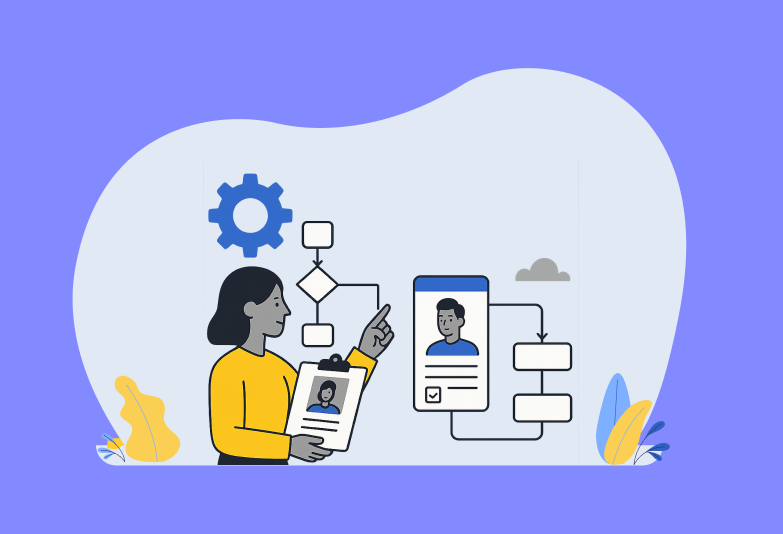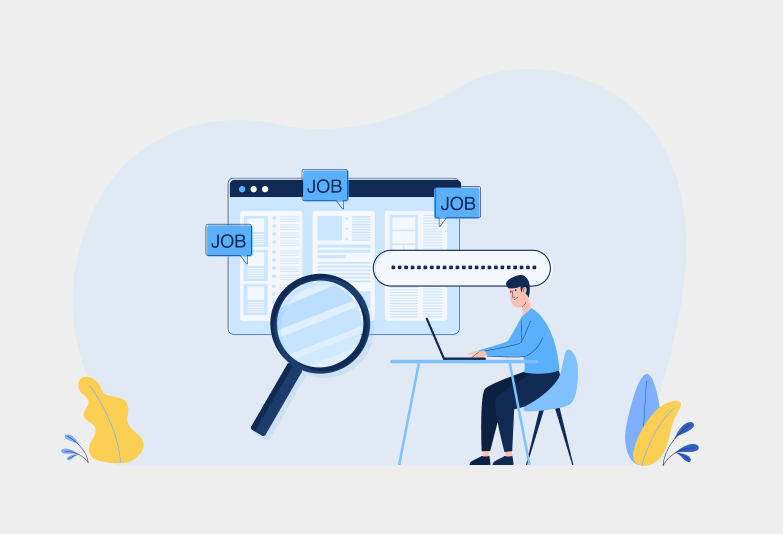Employers use two basic styles of interviews when hiring employees: structured and unstructured interviews – each has its own strengths and weaknesses. As a business owner or hiring manager, you want to use the interview type that helps you find the right candidate as quickly as you can.
Let’s take a look at the definitions, differences and other key aspects of structured and unstructured interviews so that you can make an informed decision on which type of interview to choose – structured, unstructured, or a combination of both.
What is a Structured Interview?
A structured interview is one in which the interviewer comes prepared with a series of questions. It is a quantitative research strategy that focuses on a candidate’s credentials, previous experience, job requirements, and assets that he or she may offer to the organisation.
This type of interview is structured, rigid, more successful, and requires less conversation between the interviewer and the candidate.
What is an Unstructured Interview?
An unstructured interview is one in which there is no predefined pattern or set of questions. The interviewer asks questions based on your replies and may probe for further information. This interview style incorporates open-ended inquiries as well as a casual attitude. It is more akin to an interview between the interviewer and the candidate.
However, the person in charge must have extensive knowledge of the subject being discussed as well as the necessary abilities. Such interviews are unplanned, lack regularity, and allow for the acquisition of exploratory research data.
Let’s See Comparision Table Now!
Structured Interview Vs Unstructured Interview
Point of Differences | Structured Interview | Unstructured Interview |
Definition | A structured interview is a type of interview in which the interviewer asks a set of premeditated (standard) questions. In this type of interview, all candidates are asked the same questions in the same order. | An unstructured interview is a type of interview in which the interviewer asks questions that are not prepared in advance. In this type of interview, questions are spontaneous, which means different candidates are asked different questions. |
Sequence | Follows a standardized sequence | Does not follow any particular sequence, but relies on spontaneity to direct the course of the conversation |
Process | Process-oriented, and follows a standard set of rules such as order of questions, time limit, and scoring system | Do not follow any rules. It is up to the discretion of the interviewer. |
Soft Skills | Not always possible to gauge soft skills. However, technologies like natural language processing, artificial intelligence, and chatbots can help analyze candidates’ responses. | Can gauge soft skills by watching the candidate’s body language, expressions, emotions, and more. |
Chronology | Follows a specific order, and the interviewer doesn’t deviate from the sequence of questions. | Do not follow any order. |
Scoring | Follow a standard scoring system for each question. If the candidate clears the cut-off, they proceed to the next round. | No specific scoring system. |
Data Collection | Data collected is quantitative in nature. | Data collected is qualitative in nature. |
Advantages |
| · Very flexible · A practical and valid method · Gives better understanding · Easily breaks the communication gap |
Disadvantages |
| · Time-consuming · Possibility of getting diverted from the entire interview · Not suitable for all types of candidates · Can lead to confidentiality issues |
Subjectivity | Data collected is more objective. | Data collected is subjective. |
Time | Less time-consuming as you can allocate a time limit for each interview and gain the required information within the specified time limit. | More time-consuming as it involves small talks between the interviewer and the candidate. |
Comparability | Interviewers can compare the different candidate responses. | Difficult to compare as each candidate has a unique response to the questions asked. |
Approach | The process is quite formal. | The process is informal. |
Factors Analyzed | A specific set of factors depending on the job profile is analyzed in every candidate. | The interviewer moves a step further to analyze the implied factors. |
Interpersonal Relationship | Meagre | Robust |
Participation | A high number of candidates can participate actively. | A minimalnumber of candidates can genuinely respond. |
Facilitates | Provides a base to compare the various candidates. | Provides a base to analyze the candidate based on the personal information provided. |
Job Analysis | More efficient for analyzing the job responsibilities as the questionnaire revolves around the skills required for the work position | Focuses more on the interpersonal skills of the candidates as they are assessed in terms of their body language, experience, skills, knowledge, and attitude |
Recruitment | Useful for recruiting multiple candidates at once. | Useful for the selection of a suitable and skilled employee through detailed investigation. |
Question Types | Close-ended questions | Open-ended questions |
Sample Questions |
|
|
Which Type of Job Interview is the Best for You?
To determine which type of interview will best suit your hiring needs, do the following:
- Write a clear job description.
- Carefully analyze the job requirements and define your candidate persona.
- Choose the right type of interview based on the needs of your candidate persona.
That said, we recommend that you try different interview approaches for different roles, and find out what works best for your company – and individual roles within it. Although this approach requires a lot of your time and effort, getting an ATS onboard can make your job easier. With its in-built interview management software, Jobsoid allows you to schedule and manage interviews, find and hire your ideal job candidate, improve your candidate experience and make your recruiting efforts more effective and successful.



